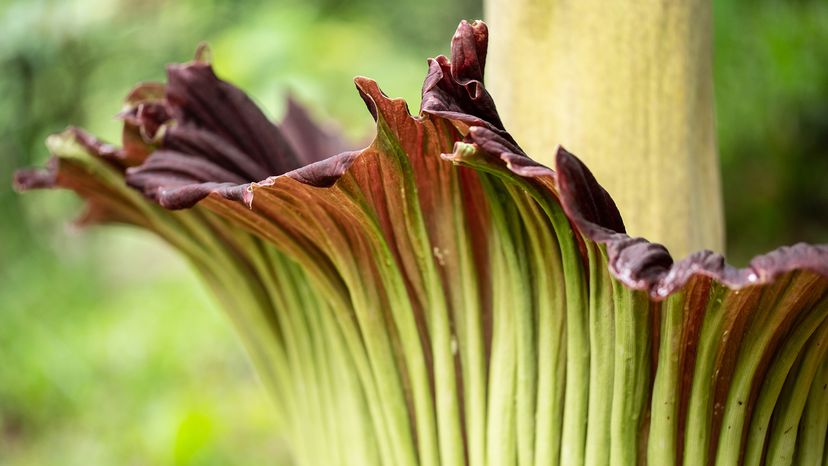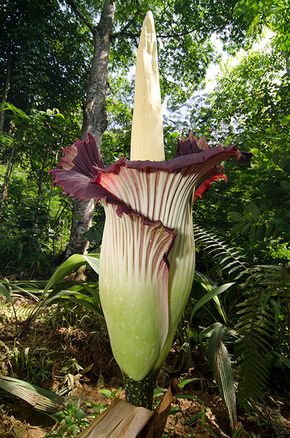
Also known as titan arum or Amorphophallus titanum, the corpse flower is known for its rare blooms. This unique plant sometimes takes seven to 10 years before reaching full bloom. When it finally does, plant enthusiasts rush to see this extraordinary occurrence up close.
The corpse flower produces one of the largest flowers in the world. But it's also known for its terrible smell. The stench of rotting flesh is strong enough to attract pollinators from miles away.
Advertisement
Why does the corpse plant smell like rotting meat? Let's learn more about this unique plant.

